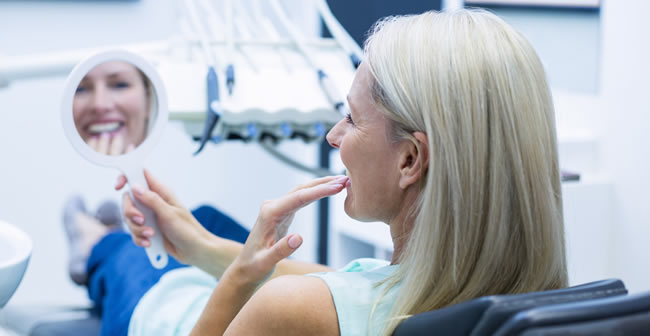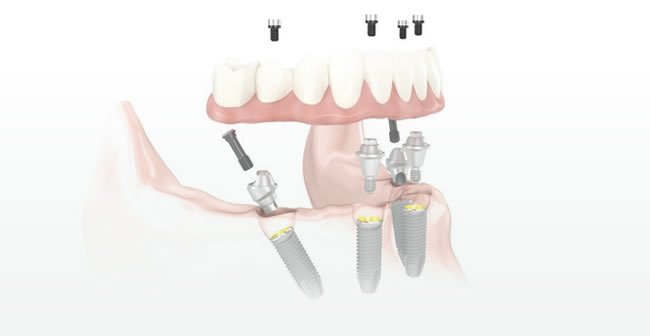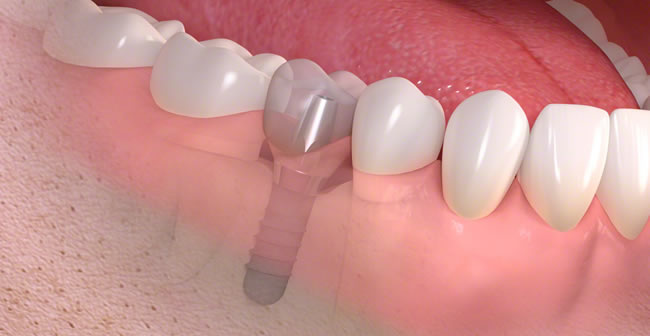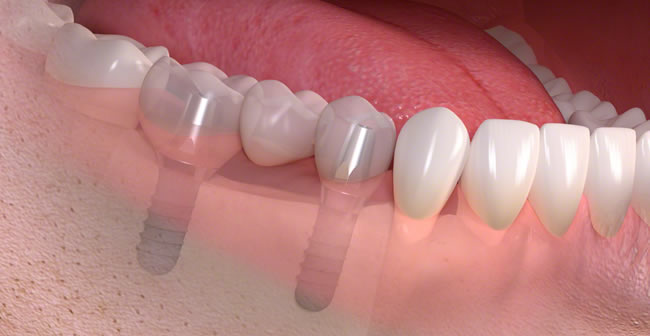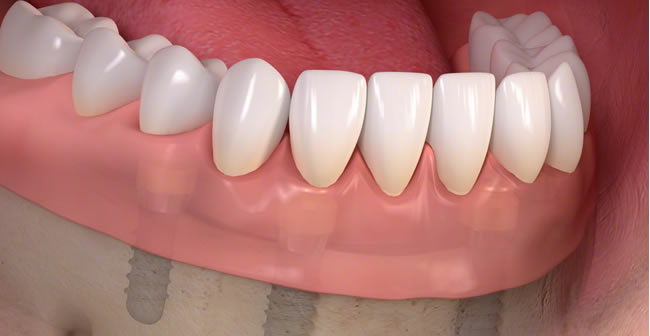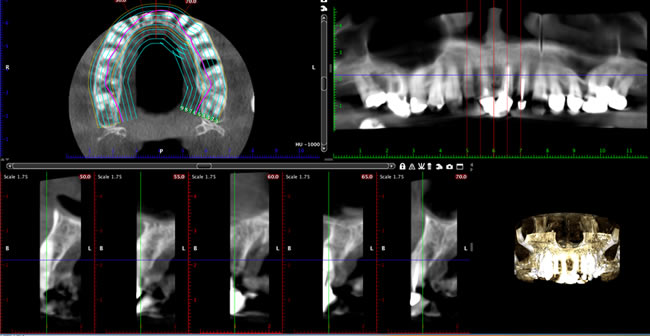Dental Implant Clinic In Canterbury At Bradley & Partners - Overview
Why Consider Dental Implants?
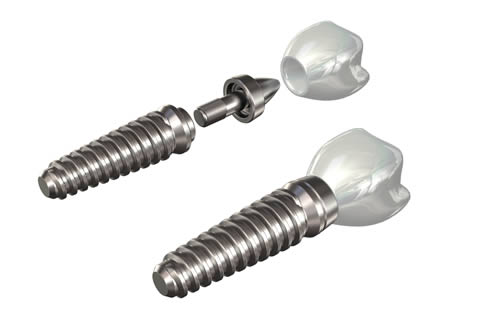
Here at Bradley’s we are heavily involved in Implant Dentistry. Not only do we treat our own patients but we also accept referrals from local dentists.
For over 40 years, dental implants have offered an exciting long-term solution to the problem of missing teeth. They can replace one or more lost teeth or hold dentures securely in the mouth. The implant takes over the role of the root providing a foundation to which a cosmetic restoration can be secured. Dental Implants have a continuing success rate of 95-98%
In order to take over the role of the tooth root; the dental implant is inserted into the jawbone under local anaesthetic. It is subsequently interwoven painlessly with bone.
The most natural solution to tooth loss, both aesthetically and functionally is implant-borne teeth. They are not only fixed as securely as your own natural teeth, but often cannot be distinguished in either function or appearance.
Dental Implants transmit chewing forces evenly to the jawbone. As with natural teeth, this chewing force stimulates bone and preserves it, halting the bone loss normally associated with missing teeth. Conventional treatment methods do not offer this important benefit.
Stages of Implant Treatment
Implant treatment can be broken down into four phases: treatment planning, implant placement, crown placement and hygiene maintenance. Your dentist will take x-rays and create a model of your existing teeth to determine how the implant should be placed. Occasionally, a bone or gum tissue graft will be needed to provide an adequate site for placement. On occasion, a CT scan is required to fully assess the bone level.
The implant is then placed in the bone and given a period of time to heal (osseointegrate) before attachment of the crown. In some cases, you can receive a temporary crown the same day. The final crown is placed 3-6 months after implant placement. Treatment with dental implants is a complex mixture of biology and engineering and they can be used for a single tooth or indeed, an entire mouthful of teeth!




